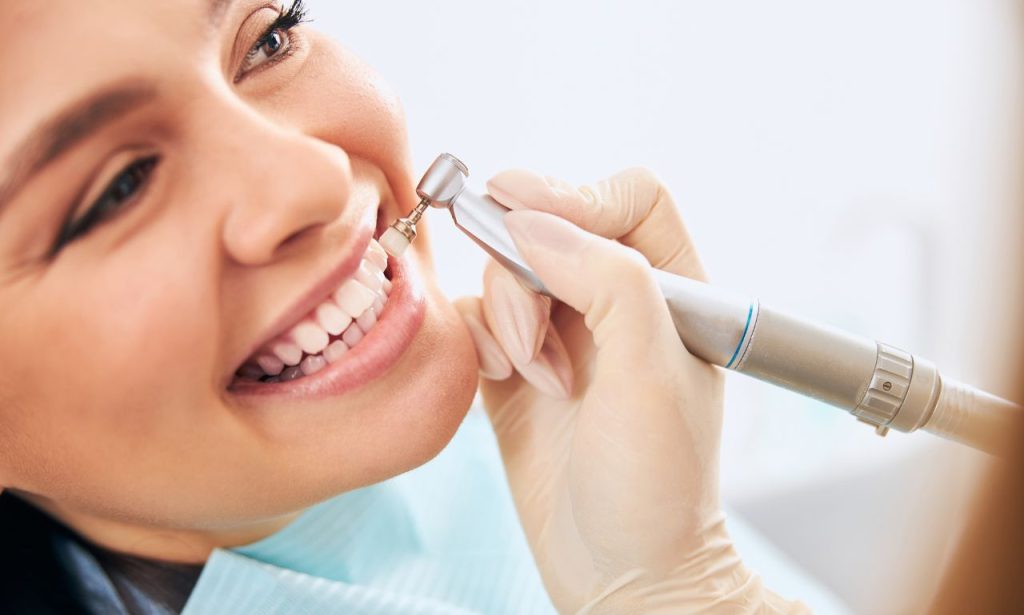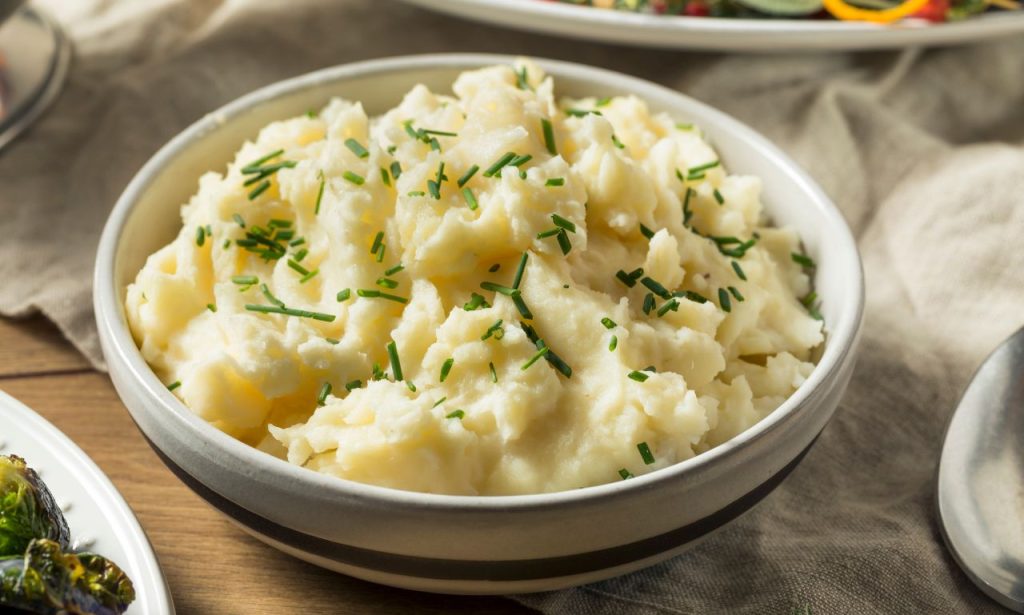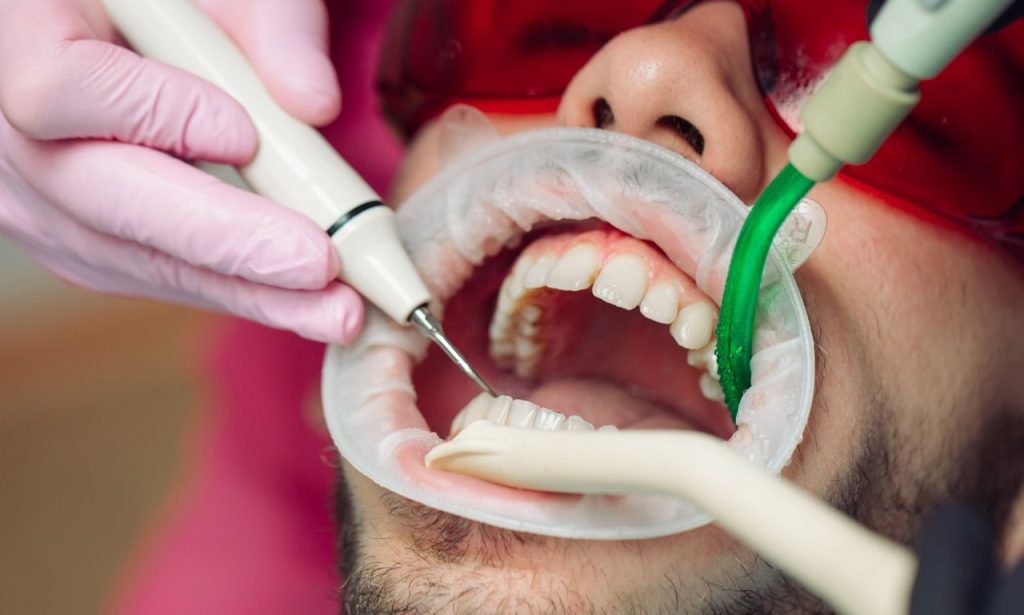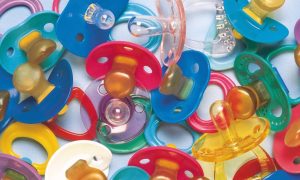Teeth cleaning is an essential part of maintaining oral health, but it can sometimes leave you with discomfort or pain. Whether it’s sensitivity to temperature, sore gums, or general aching, understanding how to relieve pain after teeth cleaning can help you manage and reduce these symptoms effectively. This comprehensive guide offers innovative and effective strategies to alleviate post-cleaning discomfort, ensuring your oral health routine remains a positive experience.
Understanding Post-Teeth Cleaning Pain
Experiencing pain after a dental cleaning is quite common, especially after deep cleaning procedures like scaling and root planing. The discomfort can range from mild sensitivity to more intense pain, depending on factors such as gum health, the depth of cleaning required, and individual sensitivity. The good news is that post-cleaning discomfort is usually temporary and can be managed effectively with a combination of at-home care and professional advice.
Why Does Teeth Cleaning Cause Pain?
- Removal of Plaque and Tartar: During a cleaning, the dental hygienist uses special tools to remove the buildup of plaque and tartar. This process, though necessary, can expose sensitive areas, especially if the tartar buildup has been significant.
- Gum Inflammation: Removing tartar that has built up along the gumline can lead to minor inflammation. The gums may feel sore as they adjust to the newly cleaned surfaces.
- Tooth Sensitivity: Exposed dentin or root surfaces due to gum recession may also result in sensitivity, especially to hot or cold temperatures.
Take Over-the-Counter Pain Relievers

One of the most immediate and accessible ways to address post-cleaning pain is through over-the-counter (OTC) pain relievers. Medications like ibuprofen and acetaminophen can reduce inflammation and provide relief from soreness. However, it’s important to follow the recommended dosages and consult with your dentist if the pain persists.
Benefits of OTC Pain Relievers
- Quick Relief: These medications work quickly to reduce pain.
- Anti-inflammatory Properties: Reduce swelling and inflammation in gums.
- Easy Access: Available at pharmacies without a prescription.
Top Ways to Relieve Pain After Teeth Cleaning
1. Take Over-the-Counter Pain Relievers
One of the easiest ways to alleviate pain after a cleaning session is by taking over-the-counter (OTC) pain relievers, such as ibuprofen or acetaminophen. These medications help reduce inflammation and provide effective relief.
Benefits of OTC Pain Relievers
- Quick Relief: Provides fast relief from mild to moderate discomfort.
- Anti-Inflammatory Properties: Medications like ibuprofen reduce gum inflammation.
- Easy Accessibility: Available at most pharmacies without a prescription.
2. Avoid Hot and Cold Foods
After a cleaning, your teeth may be temporarily sensitive to extreme temperatures due to exposed dentin. To prevent further discomfort, avoid hot and cold foods and drinks.
Tips for Managing Sensitivity
- Room Temperature Foods: Choose foods that are neither too hot nor too cold.
- Use a Straw: If you can’t avoid cold beverages, use a straw to minimize direct contact with your teeth.
- Avoid Ice and Hot Drinks: Refrain from consuming ice-cold sodas or hot coffee for a few days post-cleaning.
3. Apply a Cold Compress
Cold compresses are an effective way to alleviate pain and reduce swelling after a deep cleaning procedure.
How to Use a Cold Compress
- Wrap Ice: Place ice in a cloth or use a cold pack.
- Apply to Face: Hold the compress against the cheek, near the painful area.
- Time It: Apply for 15-20 minutes at a time, taking breaks to avoid skin damage.
4. Rinse with Warm Salt Water
A warm salt water rinse can help reduce inflammation, soothe irritated gums, and promote healing.
How to Rinse
- Mix the Solution: Combine a teaspoon of salt with a cup of warm water.
- Swish Gently: Swish the solution in your mouth for 30 seconds.
- Spit It Out: Avoid swallowing the solution.
5. Use a Topical Pain Relief Gel
Topical pain relief gels, such as those containing benzocaine, can numb the affected areas and provide temporary relief from pain.
How to Apply
- Clean Hands: Make sure your hands are clean before application.
- Apply Sparingly: Use a small amount directly on the affected gums.
- Wait Before Eating: Avoid eating or drinking for at least 30 minutes after application.
Maintaining Oral Hygiene After Teeth Cleaning
Keeping up with good oral hygiene practices post-cleaning is essential to promote healing and prevent any further discomfort. Here’s how you can maintain proper oral care:
1. Use a Soft-Bristled Toothbrush
A soft-bristled toothbrush is gentle on the gums and teeth, helping you maintain good oral hygiene without causing additional pain.
- Brush Twice Daily: Use gentle, circular motions.
- Avoid Aggressive Brushing: Aggressive brushing can lead to gum irritation and enamel erosion.
2. Floss Gently
Flossing is crucial to remove any food particles and plaque between teeth, but post-cleaning, it’s important to be extra gentle.
- Use a Floss Threader: If your gums are sensitive, using a floss threader can make the process easier.
- Avoid Snapping: Be careful not to snap the floss into your gums.
3. Rinse with an Antimicrobial Mouthwash
Rinsing with an antimicrobial mouthwash can help prevent bacterial buildup, reducing the risk of infection and inflammation.
- Choose an Alcohol-Free Mouthwash: Alcohol-based mouthwashes can exacerbate sensitivity.
- Follow Instructions: Use as directed, typically twice a day after brushing.
Diet Recommendations for Post-Teeth Cleaning
A soft diet can go a long way in preventing pain and promoting healing after teeth cleaning. Avoid hard, crunchy, or sticky foods that may irritate your gums.
Recommended Foods

- Mashed Potatoes: Soft, easy to chew, and gentle on the gums.
- Yogurt: Soothing and rich in probiotics that promote oral health.
- Scrambled Eggs: Soft texture, high in protein, and easy on sensitive teeth.
- Smoothies: Nutritious and easy to consume, but avoid using a straw if your teeth are very sensitive.
- Soups: Warm, not hot, soups are comforting and nutritious.
Foods to Avoid
- Hard or Crunchy Foods: Nuts, raw vegetables, and chips can cause irritation.
- Acidic Foods: Citrus fruits and tomatoes can increase sensitivity.
- Sugary Foods: Candy and sweets can increase the risk of bacterial buildup and cause additional pain.
The Importance of Fluoride Products
Fluoride strengthens enamel and helps in reducing tooth sensitivity. Using fluoride toothpaste and rinses can fortify your teeth against discomfort.
Benefits of Fluoride
- Strengthens Tooth Enamel: Fluoride helps rebuild weakened enamel.
- Reduces Sensitivity: Provides a protective barrier for sensitive areas.
- Prevents Decay: Helps prevent cavities and maintains a healthy smile.
Using Desensitizing Toothpaste
Desensitizing toothpaste is specially formulated to block the transmission of pain signals from the surface of the tooth to the nerve.
- Brush Regularly: Use desensitizing toothpaste twice daily for maximum effect.
- Direct Application: Apply a small amount directly onto sensitive areas and leave it for a few minutes before rinsing.
Additional Tips for Reducing Pain After Teeth Cleaning
1. Rest and Avoid Strenuous Activity
Avoid any activities that may exacerbate pain, such as chewing hard foods or engaging in excessive talking or gum-chewing.
2. Stay Hydrated
Drinking plenty of water helps wash away food particles and bacteria, reducing the risk of infection and promoting healing.
- Avoid Cold Water: Stick to room temperature water to prevent triggering sensitivity.
- Water with Honey: Adding a bit of honey can have soothing effects on irritated gums.
3. Avoid Using Teeth as Tools
After a cleaning, your teeth may be more vulnerable. Avoid using them to open packages or bottles, as this can lead to unnecessary pain or even injury.
When to Consult Your Dentist
While post-cleaning discomfort is normal, persistent or severe pain could indicate an underlying issue. Here are signs that you should contact your dentist:
- Pain Lasting More than a Week: Prolonged pain may indicate a more serious problem.
- Excessive Bleeding: Some bleeding is normal, but excessive or continuous bleeding should be addressed.
- Severe Swelling: If swelling does not subside, it could signal an infection that requires professional attention.
Natural Remedies for Post-Teeth Cleaning Pain
Natural remedies can be an excellent complement to traditional pain relief methods. However, always consult your dentist before trying any natural treatments.
1. Clove Oil
Clove oil has natural analgesic and anti-inflammatory properties, making it effective for reducing dental pain.
- How to Use: Apply a small amount to a cotton swab and dab on the affected area.
2. Aloe Vera Gel
Aloe vera is known for its soothing properties and can help reduce gum inflammation.
- How to Use: Apply a small amount of pure aloe vera gel directly to sore gums.
3. Turmeric Paste
Turmeric has anti-inflammatory and antibacterial properties that can help alleviate gum pain.
- How to Use: Mix turmeric powder with a small amount of water to create a paste, then apply to the gums.
Preventing Pain After Future Cleanings
To minimize discomfort after future dental cleanings, consider these preventive measures:
- Regular Dental Check-Ups: Routine check-ups help catch potential issues early, reducing the need for more intensive cleanings.
- Daily Oral Hygiene Routine: Brush twice a day, floss daily, and use fluoride products to maintain optimal oral health.
- Use Desensitizing Products: Incorporate desensitizing toothpaste and fluoride rinses into your routine.
- Communicate with Your Hygienist: Let your hygienist know if you have experienced pain in the past. They can adjust their approach to minimize discomfort.
Proper Oral Hygiene
Maintaining proper oral hygiene is crucial in preventing future pain and discomfort. Regular dental check-ups and cleanings, along with daily care routines, keep your mouth healthy and reduce sensitivity over time.
Daily Oral Hygiene Routine

- Brush: Twice daily with fluoride toothpaste.
- Floss: At least once a day to remove interdental plaque.
- Rinse: Use mouthwash to kill bacteria and freshen breath.
Fluoride Products
Fluoride strengthens your teeth and can help reduce sensitivity. Using fluoride toothpaste and mouthwash can fortify your enamel, making your teeth less reactive to temperature changes and touch.
Benefits of Fluoride
- Strengthens Enamel: Makes teeth more resilient.
- Reduces Sensitivity: Helps in decreasing discomfort.
- Prevents Cavities: Provides a protective barrier against decay.
Conclusion
Experiencing pain after a teeth cleaning is common, but it doesn’t have to be debilitating. By following these strategies, you can manage and alleviate discomfort effectively. From using OTC pain relievers to maintaining good oral hygiene, each step contributes to a pain-free and healthier mouth. Remember, if the pain persists, consult your dentist to rule out any underlying issues.
ALSO READ: Are You Supposed to Brush the Roof of Your Mouth?
FAQs
If your pain lasts longer than a week, it’s essential to visit your dentist. Persistent pain could indicate an underlying issue that needs professional attention.
Yes, natural remedies like clove oil and aloe vera can provide relief from pain. However, consult with your dentist before trying these to ensure they are safe for your specific condition.
Generally, it’s recommended to get your teeth cleaned every six months. However, your dentist might suggest a different frequency based on your dental health needs.
Slight bleeding can be normal, especially if you have gingivitis. However, if bleeding is severe or doesn’t stop, contact your dentist.
Yes, persistent gum sensitivity can sometimes indicate periodontal disease or other dental issues. It’s important to consult with your dentist if sensitivity continues.
While it’s not always necessary to avoid certain foods permanently, limiting highly acidic foods and beverages can help reduce sensitivity and maintain overall oral health.
Staying on top of your oral hygiene, using desensitizing products, and following your dentist’s recommendations can help minimize pain after future cleanings.




